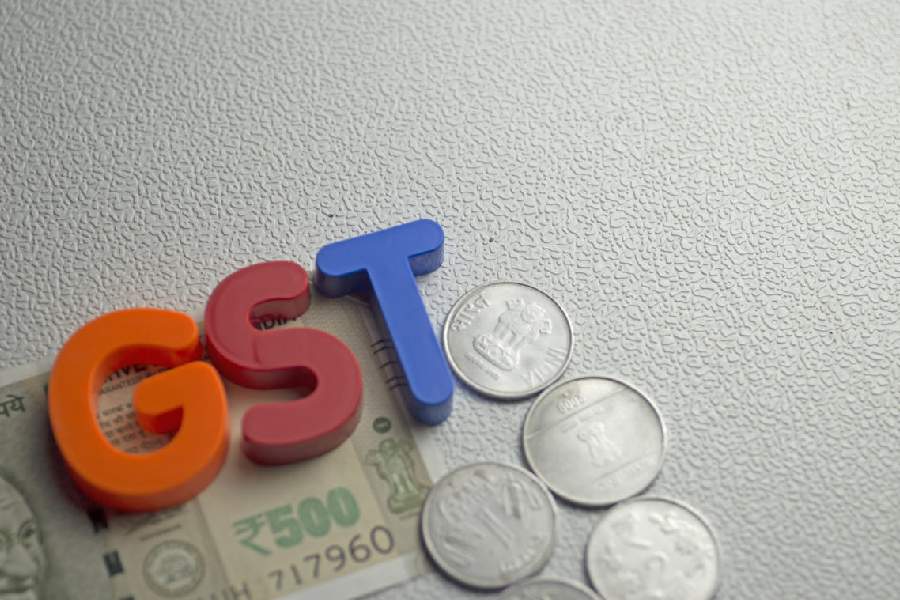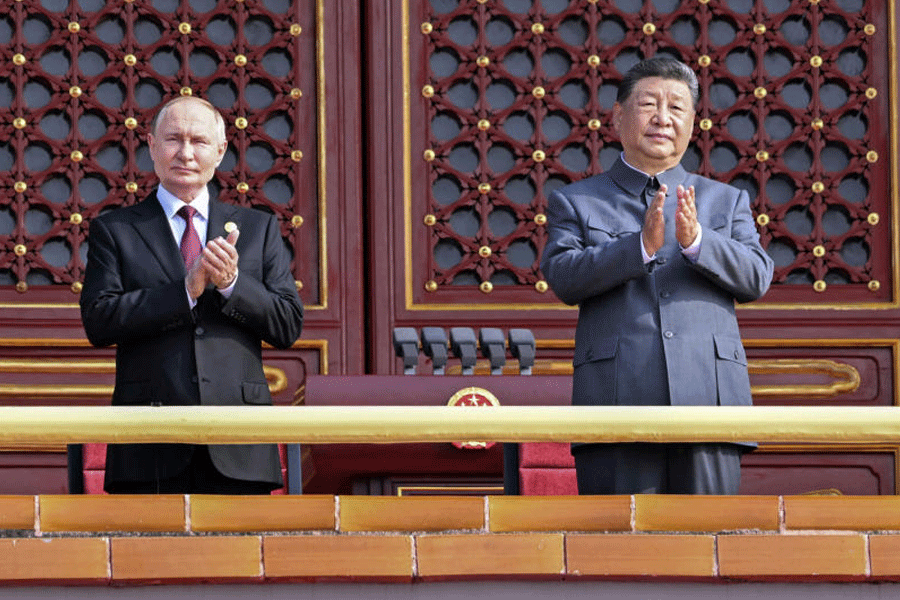| The Yoga Sutras of Patanjali define asanas as “Sthiram Sukham Asanam”. It means that an asana is a position in which the body is steady (sthiram) and comfortable (sukham). An asana is a state in which one can remain physically and mentally steady. | |
| According to Hatha Yoga (yoga of sun and moon energies) asanas are specific body positions which play an important role in openings the energy channels of the body, thereby improving the circulation of energy throughout the body. Through the practice of asanas, the Hatha Yogis (practitioners of Hatha Yoga) found out that the body can be controlled. Through the control of body the control of mind becomes possible. Steadiness develops with the practice of asanas and prana (life energy) flows freely. Free flow of prana throughout the body minimises the occurrence of diseases. | |
| as can be categorised under two heads: 1) Dynamic 2) Static. Dynamic asanas involve energetic movements of the body with an aim to make the body flexible, speed up circulation, loosen muscles and joints, release energy blocks and remove stagnant blood from the different parts of the body. Dynamic asanas also tone up the skin and muscles, strengthen the lungs, encourage the movement of the digestive and excretory organs. | |
| Static asanas involve little or no movement of the body. The body remains in one position for some time. These asanas are intended to gently massage the internal organs, glands and muscles as well as to relax the nerves throughout the body. | |
| The asanas for this month’s capsule are given below: | |
| 1. Sirsha Angustha Yogasana (head to toe pose) | |
Stand upright with feet about one metre apart. Interlock the fingers behind your back with palms up. Keep the arms straight. This is the starting position. Twist the trunk to the right and turn your right foot slightly out to the side. Bend forward at the waist, stretching the arms up as high as possible. Bring the head down to the inside of the right foot. Bend the right knee to assume this position. As the head comes closer to the foot relax the shoulders, keep the arms straight and allow them to fall forward. Hold the position for as long as is comfortable. Raise the trunk, lower the arms and recentre the body. Repeat on the other side. This completes one round. Practise a maximum of five rounds. | |
| Breathing: Breathe in while in the starting position and while twisting. Exhale while bending. Retain the breath while holding the position. Inhale while raising the trunk and re-centering the body. | |
| Contraindication: Not to be practised by people suffering from heart disease, high blood pressure, back conditions such as slipped disc, sciatica or sacral infections. | |
| Benefits: It stretches the hamstring muscles , provides a lateral stretch to the spine, stimulates the nervous system and appetite, helps to remove the abdominal complaints and constipation, and reduces excess weight around the waist. | |
| 2. Druta Halasana (dynamic plough pose) | |
Lie flat on your back with the legs and feet together. Place arms close to the body with the palms facing down. Relax the whole body. Press down on the arms. Rapidly roll the legs over your head and, keeping legs straight, touch the toes on the floor behind the head. Hold the position for one or two seconds. Roll your body rapidly back to the starting position. Immediately sit up and bend the body forward. Keep your legs straight and try to touch the forehead to the knees. Resume the starting position. This completes one round. The practice should be performed with an even flowing movement. | |
| Breathing: Inhale and exhale deeply in the lying position before starting. Retain the breath outside while rolling back into Halasana, forward into forward bend and returning to the seated position. Inhale and exhale in the seated position. | |
| Duration: Practise upto 10 rounds. | |
| Contraindication: It should not be practised by people with back and neck ailments and by people suffering from high blood pressure. | |
| Benefits: It gives the benefits of both Halasana and forward-bending asana. It activates intestinal peristalsis, improves digestion, alleviates constipation, facilitates the breakdown of fats by exercising the liver and gall bladder, and stretches the pelvic region. | |
| 3. Shashank Bhujangasana (striking cobra pose) | |
Assume Marjari Asana (cat pose) placing the palms flat on the floor about half a metre apart. Move into Shashank Asana (hare pose) with the arms outstretched in front of the shoulders. Then without moving the hands slide the chest forward, move it just above the floor until it is in line with the hands. Move the chest even further and upward, straighten the arms and drop the pelvis on the floor. Ideally, the nose and chest should just brush the surface of the floor as the body moves forward like a snake. Do not strain to achieve this. Try to bring the hips as near to the floor as possible. In the final position the arms should be straight, back arched and the head raised in Bhujang Asana (cobra pose). The navel should not touch the floor. Hold the position for some time, retaining the breath. Slowly raise the buttocks and move backwards, keeping the arms straight into Shashank Asana (hare pose). Do not try to reverse the previous movement but keep the arms straight. This is one round. Relax the whole body before starting another round. Practise five to seven rounds. | |
| Breathing: Inhale in the forward movement. Hold the breath for a few seconds in the final position. Exhale while returning to Shashank Asana (hare pose). | |
| Benefits: It gives the benefits of both the hare and the cobra pose. It alternatively flexes the spine backward and forward, gently tones the female reproductive organs, alleviates menstrual disorders and is an excellent post-natal asana. It strengthens the abdominal and pelvic region, tones and improves the functioning of liver, kidneys and other visceral organs, relieves back pain and spinal stiffness and balances all spinal nerves. | |
| 4. Nadi Shodhana Pranayama (psychic network purification) | |
Alternate nostril breathing: Assume Nasagra mudra as shown in last month’s capsule. In this technique the duration of inhalation and exhalation are controlled. Close the right nostril with the thumb and breathe in through the left nostril. At the same time mentally count one, two, three, four, until the inhalation ends comfortably. This is the basic count. Breathe deeply but do not strain. Close the left nostril, release the pressure from the right nostril and breathe out from the right nostril. While breathing out once again count and make the inhalation and exhalation equal. Next inhale through the right nostril and exhale through the left nostril keeping the duration of inhalation and exhalation equal. This completes one round. Practise 10 rounds. The ratio of inhalation and exhalation should be 1:1. | |
| Benefits: Ensures extra supply of oxygen to the entire body, carbon dioxide is efficiently expelled from the body, brain centres are stimulated and work to their optimum capacity, induces concentration and clarity of mind, increases vitality, lowers the level of stress, clears pranic blockages and eventually leads to deeper state of meditation.To obtain full benefits practise the asanas in the following sequence: | |
| Illustrations:Nirmalendu Mandal |
 Thursday, 04 September 2025
Thursday, 04 September 2025













